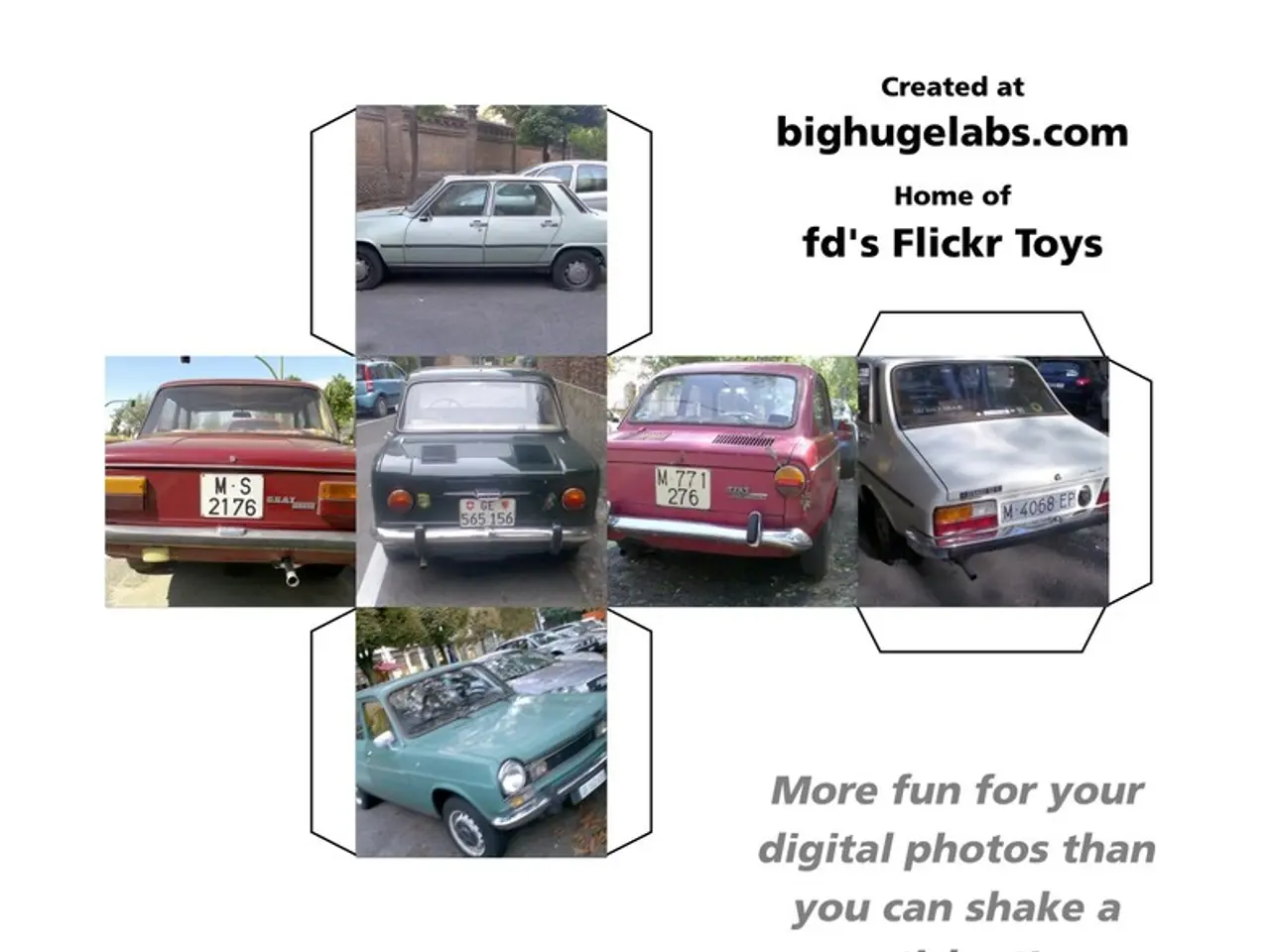Recognizing and Mitigating Driving Risks due to Fatigue: An Analysis
Fighting Fatigue on the Road: A Call to Action for Drivers in Victoria
During busy holiday travel periods, Driver Reviver stops across Victoria offer a much-needed respite, providing free hot drinks and biscuits to combat fatigue. However, it's essential to understand that fatigue is a significant risk factor on our roads, affecting drivers' ability to concentrate and increasing the risk of dangerous driving and collisions.
Fatigue can manifest in various ways, including trouble keeping your eyes open, an inability to stop yawning, and daydreaming. It's important to note that there are two types of fatigue: drowsiness, caused by not enough sleep, and weariness, caused by long, repetitive physical or mental tasks. Drowsiness can be caused by being awake too long, driving at a time you'd usually be sleeping, or due to medication.
The Transport Accident Commission found in 2024 that 60% of respondents had driven while moderately tired, and 21% had driven while "very tired" (defined as struggling to keep their eyes open) in the previous 12 months in Victoria. This statistic underscores the importance of understanding the risks associated with fatigue and taking steps to combat it.
RACV Driver Education and Development Manager Silvia Morris advises that if you are feeling sleepy, you should not drive until you have slept. She emphasizes the importance of getting sufficient sleep before driving, taking breaks every two hours during long trips, and avoiding driving if feeling tired or drowsy at the start.
Modern car safety tech can help reduce or alert motorists to fatigue, but they have limitations, can cause driver distraction, and should not be overly relied upon. Selected car manufacturers have started implementing driver attention monitoring (DAM) technology in vehicles to combat fatigue, such as the 2026 Subaru Forester, which features a graduated alert system that will bring the vehicle to a stop if there is no input from the driver.
If you have not had enough sleep or are feeling exhausted after a long shift at work, alternatives to driving include asking someone else for a lift, taking public transport, or using a taxi, or rideshare service. A short 20-minute powernap can temporarily alleviate fatigue caused by drowsiness, but setting an alarm for 20 minutes prevents falling into a deep sleep and waking up feeling groggy. After a nap, a 10-minute walk can help wake up the driver.
Being fatigued impedes your driving ability, causing drifting, slow reaction times, and variations in speed. Fatigue can also cause microsleeps, a condition where you fall asleep for between two and 20 seconds, meaning you're driving unconscious during this time and unable to react to changing road conditions, hazards, or other motorists.
In summary, the effects of driving while fatigued are severe and well-documented, with clear prevention strategies emphasizing adequate sleep, regular breaks, and prioritizing alertness before and during driving. While the data and recommendations primarily reference British Columbia (BC), these safety practices and the risks of fatigued driving apply universally, including Victoria, Victoria, Australia. Local road safety authorities typically endorse similar guidelines focusing on rest, breaks, and self-assessment before driving.
Read also:
- Explored the Popular Health Assessment with a Queue of 100,000 Aspiring Participants - Here's My Unadulterated Opinion
- Hearing impairment condition: Recognizing symptoms and management approaches
- Signs of Cataracts Emergence: Impact on Vision and Further Details
- Workplace Injuries in Warehouses: Guide to Pursuing Compensation





